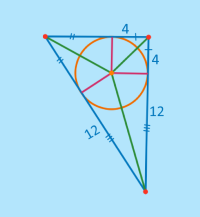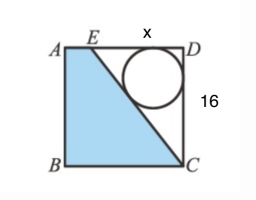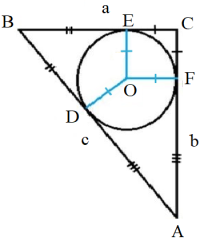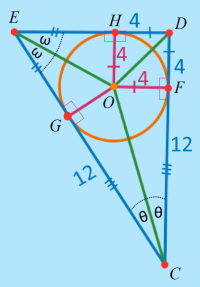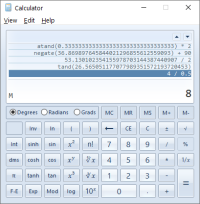Hello, I have this geometrical related problem I am keen to solve :
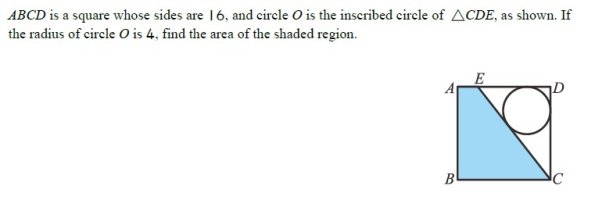
I am a bit clueless with how to solve this. With some scribbling on paper, the only new information I can find is the diagonal from the centre of the circle to point D is equal to [math]4\sqrt{2}[/math] and the shortest distance from point D to EC is [math]4+4\sqrt{2}[/math]. I am aiming to either find the length of AE or the length of EC, but I can't seem to obtain the information to do so. Any hint I missed from the question?
Thank you

I am a bit clueless with how to solve this. With some scribbling on paper, the only new information I can find is the diagonal from the centre of the circle to point D is equal to [math]4\sqrt{2}[/math] and the shortest distance from point D to EC is [math]4+4\sqrt{2}[/math]. I am aiming to either find the length of AE or the length of EC, but I can't seem to obtain the information to do so. Any hint I missed from the question?
Thank you

